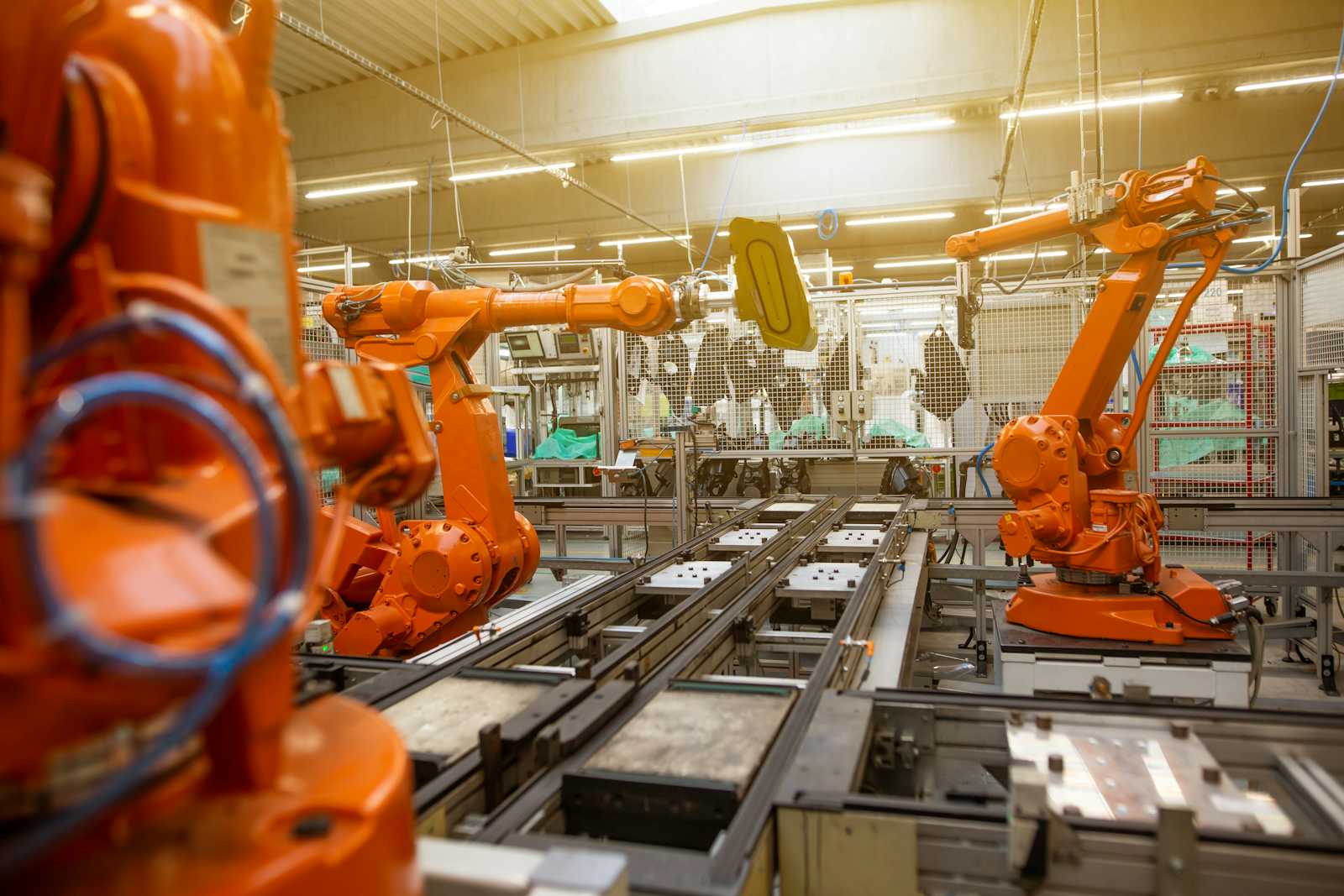10 Ways to Improve Manufacturing Efficiency
 BetaMize
BetaMize
Improving manufacturing efficiency is essential for staying competitive, reducing costs, and enhancing overall productivity. By adopting advanced technologies and best practices, manufacturers can optimize their operations, minimize waste, and increase throughput. Here are ten effective strategies to help your manufacturing operations achieve higher efficiency:
1. Implement Lean Manufacturing Principles
Lean manufacturing focuses on minimizing waste without compromising productivity. This involves streamlining processes, reducing excess inventory, and optimizing the use of resources. Techniques such as Just-in-Time (JIT) production, 5S, and Kaizen can significantly improve efficiency.
Just-in-Time Production: JIT minimizes inventory costs by producing goods only as they are needed. This reduces waste and improves cash flow.
5S Methodology: The 5S system (Sort, Set in order, Shine, Standardize, Sustain) organizes the workplace, making it more efficient and productive.
Kaizen: A philosophy of continuous improvement where employees at all levels work together proactively to achieve regular, incremental improvements in the manufacturing process.
2. Utilize Real-Time Monitoring and IoT Integration
Integrating Internet of Things (IoT) devices with your machinery allows for real-time monitoring of equipment performance and environmental conditions. This provides valuable data that can help identify bottlenecks, predict maintenance needs, and optimize production processes.
Sensor Deployment: IoT sensors can monitor various parameters such as temperature, humidity, vibration, and machine speed.
Data Aggregation and Analysis: Real-time data is collected and analyzed to provide insights into operational inefficiencies and potential areas for improvement.
Predictive Maintenance: By analyzing data trends, IoT solutions can predict equipment failures before they occur, reducing downtime and maintenance costs.
3. Automate Repetitive Tasks
Automation can significantly enhance manufacturing efficiency by reducing manual labor and human error. Implementing robotic process automation (RPA) and advanced robotics can streamline repetitive tasks, improve precision, and increase production speed.
Robotic Process Automation (RPA): RPA can handle repetitive, rule-based tasks, freeing up human workers for more complex activities.
Advanced Robotics: Robots can perform tasks such as welding, assembly, and packaging with high precision and consistency.
Collaborative Robots (Cobots): Cobots work alongside human operators, enhancing productivity and safety.
4. Enhance Quality Control with Data Analytics
Using data analytics to monitor and analyze production data helps in identifying patterns and trends that impact product quality. Advanced quality management systems (QMS) enable proactive quality control, reducing defects and rework.
Real-Time Quality Monitoring: Continuously monitor product quality during the manufacturing process to detect and address issues early.
Root Cause Analysis: Use data analytics to identify the root causes of quality issues and implement corrective actions.
Continuous Improvement: Regularly review quality data to drive continuous improvements in processes and product quality.
5. Optimize Supply Chain Management
Effective supply chain management ensures timely delivery of raw materials and components, reducing production delays. Implementing an integrated supply chain management system can improve visibility, enhance collaboration with suppliers, and optimize inventory levels.
Supply Chain Visibility: Real-time tracking of materials and components helps in anticipating and addressing potential delays.
Supplier Collaboration: Strengthen relationships with suppliers through better communication and performance tracking.
Inventory Optimization: Use data analytics to balance inventory levels, reducing excess stock and avoiding shortages.
6. Invest in Employee Training and Development
Skilled and knowledgeable employees are crucial for maintaining efficient manufacturing operations. Regular training programs, cross-training, and upskilling initiatives help employees stay updated with the latest technologies and best practices.
Technical Training: Provide training on new technologies, equipment, and software to keep employees proficient.
Cross-Training: Train employees in multiple roles to increase workforce flexibility and reduce downtime.
Continuous Learning: Encourage a culture of continuous learning and development to keep the workforce agile and innovative.
7. Implement Predictive Maintenance
Predictive maintenance uses data analytics and machine learning to predict when equipment is likely to fail. By addressing maintenance needs before they lead to breakdowns, you can minimize unplanned downtime and extend the lifespan of your machinery.
Condition Monitoring: Regularly monitor equipment conditions using sensors and IoT devices.
Failure Prediction: Use machine learning algorithms to analyze historical data and predict potential failures.
Proactive Maintenance: Schedule maintenance activities based on predictive insights, reducing the risk of unexpected breakdowns.
8. Streamline Production Scheduling
Optimizing production schedules based on demand forecasts, resource availability, and machine capacities ensures efficient use of resources. Advanced planning and scheduling (APS) software can help create realistic production plans that maximize throughput and minimize idle time.
Demand Forecasting: Use data analytics to predict customer demand and plan production accordingly.
Resource Allocation: Optimize the use of labor, machinery, and materials to ensure balanced production loads.
Scheduling Flexibility: Develop flexible production schedules that can adapt to changes in demand or production capacity.
9. Adopt Flexible Manufacturing Systems
Flexible manufacturing systems (FMS) allow for quick adjustments in production processes to accommodate changes in product design or demand. This agility helps in responding to market trends and customer needs promptly, enhancing overall efficiency.
Modular Equipment: Use modular and reconfigurable equipment that can be quickly adapted for different production tasks.
Scalable Production: Implement systems that can easily scale up or down based on production requirements.
Rapid Changeover: Reduce changeover times to quickly switch between different products or production processes.
10. Focus on Continuous Improvement
A culture of continuous improvement drives ongoing enhancements in manufacturing efficiency. Encouraging employees to identify areas for improvement, conducting regular process audits, and implementing feedback loops ensures that efficiency gains are sustained over time.
Employee Involvement: Encourage employees at all levels to contribute ideas for improving processes and efficiency.
Process Audits: Regularly review and audit manufacturing processes to identify inefficiencies and areas for improvement.
Feedback Loops: Establish mechanisms for collecting and acting on feedback from employees, customers, and suppliers.
Ready to Enhance Your Manufacturing Efficiency? At Betamize, we specialize in providing innovative software solutions that help manufacturers streamline operations, reduce costs, and achieve higher productivity. Contact us today to learn how our expertise can transform your manufacturing processes and drive efficiency gains.
Subscribe to my newsletter
Read articles from BetaMize directly inside your inbox. Subscribe to the newsletter, and don't miss out.
Written by
